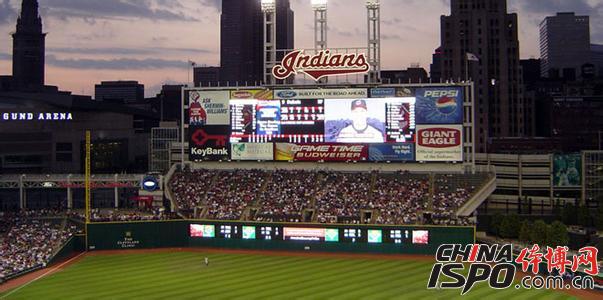The LED sports event screen has become a crucial element in modern large stadiums, offering spectators an immersive and dynamic viewing experience. These screens not only display real-time scores and game highlights but also enhance the overall atmosphere of the event. But what are the most common types of LED screens used in sports events, and what should be considered when designing and installing them?

**Types of LED Sports Event Screens**
1. **Full-Color LED Screen**
These high-resolution displays are used to show exciting moments from the field, including slow-motion replays or 3D animations that bring the event to life. They are ideal for creating engaging visuals that captivate the audience.
2. **LED Fence Screen**
Positioned around the stadium, these screens are not just for advertising—they also showcase live action from the field, allowing fans to relive every key moment. The modular design makes them easy to install, disassemble, and maintain. Each panel is equipped with adjustable feet, enabling optimal viewing angles for the audience.
3. **Timing and Scoring LED Screen**
Integrated with the official scoring system, these screens provide real-time updates on player performance, match statistics, and other critical information. Accuracy and clarity are essential here, as they play a vital role in ensuring fair competition. Some stadiums may lack a large video wall, but a reliable timing screen is always necessary.
**Design and Installation Considerations**
1. **Safety and Reliability**
Given the high foot traffic in stadiums, safety must be a top priority. LED screens should meet industry standards such as SJ/T11141-2003 for fire resistance and electrical safety. Materials used should be flame-retardant, and power systems must be isolated to prevent overloads or electrical hazards.
2. **Installation Location and Coverage**
The placement of LED screens should ensure that more than 95% of seated spectators can view the content clearly. The display must also be visible to athletes, coaches, and officials on the field, except for diving judges who require a different setup.
3. **Brightness and Visibility**
Outdoor LED screens need a brightness of at least 5,000 cd/m², while indoor screens should have a minimum of 1,000 cd/m². Character height requirements vary depending on the structure of the venue—swimming and diving halls, for example, need characters to be at least 0.2 meters tall.
4. **Optical Performance**
A wide viewing angle, uniform brightness, and adjustable settings are essential. The contrast ratio should be at least 100:1 under low light conditions, and color temperature should be adjustable between 5,000K and 9,500K for optimal visibility.
5. **Real-Time Content Control**
The system should allow for real-time updates, scrolling scores, and switching between text, images, and live video. This ensures that the audience receives accurate and timely information throughout the event.
In addition, the display system should support various sports and be easy to update and maintain. It should create an energetic and immersive environment through multimedia enhancements, making the event more exciting for both participants and spectators.
Ht365 Chainsaw,365 Petrol Chainsaw,Petrol Stihl Saw,Petrol Pole Chainsaw
Shaoxing Haotuo Machinery CO., LTD. , https://www.haotuochinatools.com
